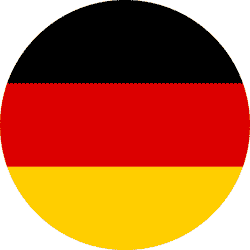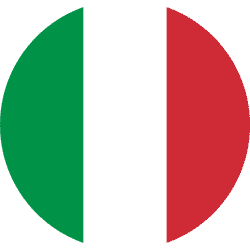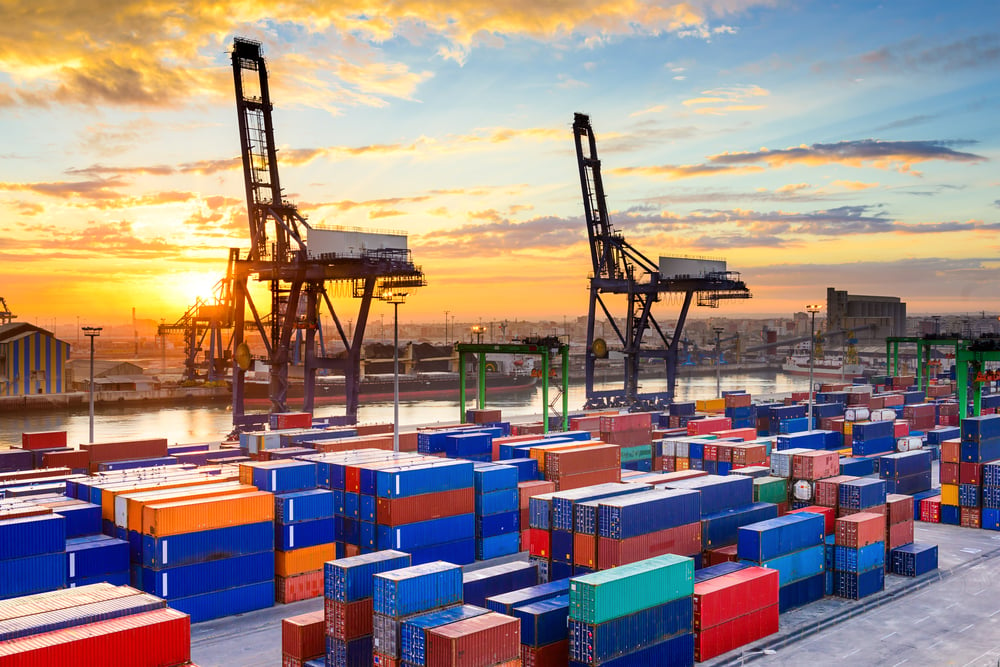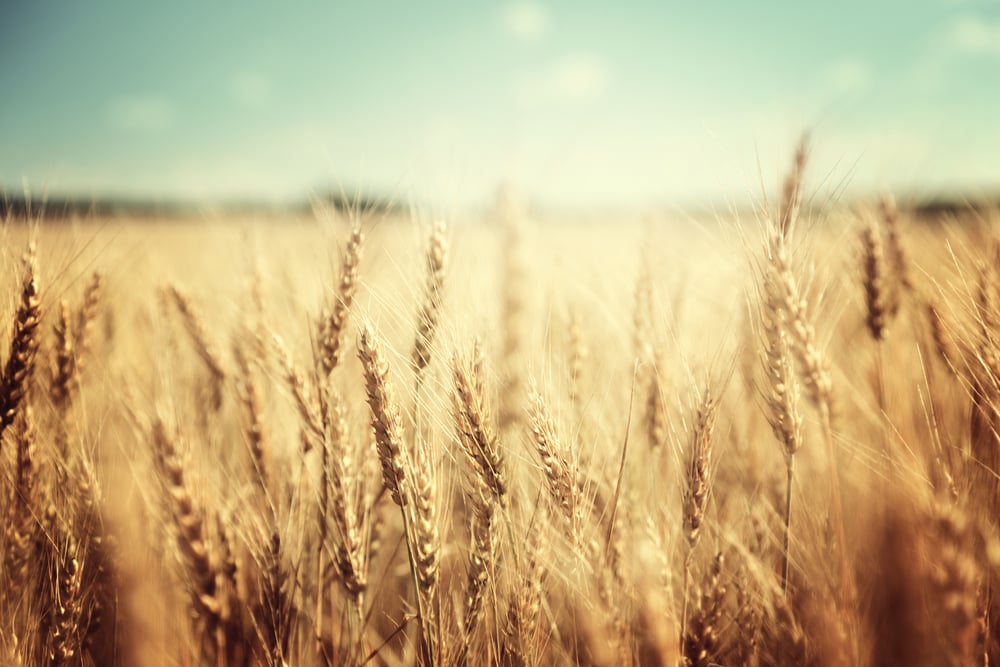In May 2022, Fundecitrus released preliminary production estimations for the citrus belt of São Paulo and Triângulo/Sudoeste Mineiro (top global orange producing regions). Brazillian orange production was projected to rise by 20.5% year-on-year (y-o-y), to 317 million boxes. Improved climatic conditions in 2022 compared to the same period in 2021 (which was heavily impacted by long periods of drought and frost) supported the growth of the orange crop. According to market participants, this figure remains in line with expectations. Brazilian oranges are largely used for juice processing; therefore, production growth is positive for processors, as a higher proportion of oranges are likely to be earmarked for processing during 2022/23.
Despite a forecast rise in production, the winter season in Brazil has been warmer than usual so far, reaching an average of 6°C above the 30-year average in July. Currently, no major fruit damage has been reported but it has led to increased fruit drop due to insufficient rainfall. There is a risk that prolonged periods of drought could hamper production estimates and reduce yields. Higher than average temperatures can also cause a reduction in fruit size and overall quality, which will be a key watch-out factor throughout harvest in the remainder of August and September. Continued drought conditions could cause a decline in overall Brazilian orange production for the 2022/23 season.
Juice processors in Brazil have begun processing for this season, with fruit from the new 2022/23 crop. However, current inventories are lower-than-average due to the lack of old season supplies, which continues to keep orange juice prices higher y-o-y. The Mintec Benchmark Prices for Brazilian orange juice rose by 14.0% quarter-on-quarter (q-o-q), up 50.4% y-o-y in July 2022. Many other commodity prices are also on the rise.
Brazil (maximum temperature)
June July August*

Source: Mintec Analytics 
*first week of August

.png?width=145&height=54&name=Mintec_Logo_Small_Use_Mono_RGB%20(2).png)














 Download Outook
Download Outook



